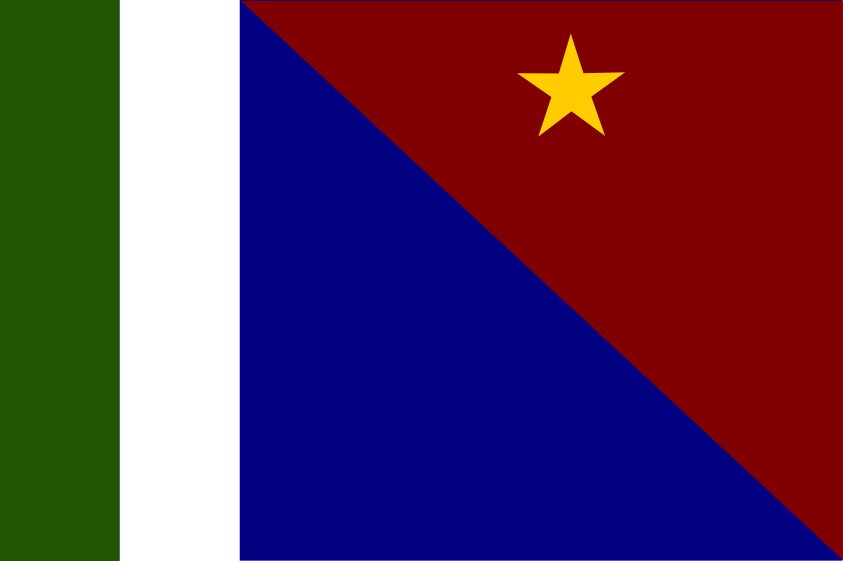Alotau District in Milne Bay Province, Papua New Guinea, is the provincial capital and enjoys a relatively higher level of development compared to other districts. It is located on the eastern tip of the mainland and benefits from better infrastructure and transportation services. Gurney Airport connects Alotau District to other parts of the country, while Alotau Port facilitates trade and tourism, including cruise ship visits. The district’s coastal location offers picturesque views and opportunities for water-based activities such as fishing and diving. Alotau is also known for its cultural festivals that showcase local traditions and customs.
In terms of services, Alotau District has better access to healthcare facilities, educational institutions, and government services compared to other districts in Milne Bay Province. It serves as the administrative center for the province, hosting government offices and supporting administrative functions. The district’s economy is diverse, with tourism playing a significant role. Its natural attractions, cultural festivals, and cruise ship visits contribute to the growth of the tourism sector. Agriculture, including crops like cocoa and copra, also supports the local economy.
Being the provincial capital, Alotau District attracts investment and government attention, which contributes to its relatively higher level of development. The district’s residents benefit from improved access to services and infrastructure. Overall, Alotau District showcases the natural beauty, cultural richness, and economic potential of Milne Bay Province.
Esa’ala District is located in the southeastern part of Milne Bay Province, Papua New Guinea, and is characterized by numerous scattered islands. The district faces unique development challenges due to its remote and geographically dispersed nature. Delivery of goods, services, and infrastructure is difficult and costly in this region, hindering access to essential services such as healthcare and education.
Despite these challenges, Esa’ala District possesses significant potential in marine resources and fishing. Its coastal areas and islands offer rich fishing grounds, making it an important location for marine resource exploitation. Developing sustainable fishing practices and harnessing these resources could stimulate economic growth and improve the livelihoods of the local communities.
Addressing the development challenges in Esa’ala District would require investment in transportation infrastructure to improve connectivity between the scattered islands. Establishing reliable boat services and ports would facilitate the movement of goods and people. Additionally, investments in healthcare facilities, schools, and other essential services are crucial for enhancing living conditions and supporting the overall development of the district.
Kiriwina-Goodenough District, located in Milne Bay Province, Papua New Guinea, is composed of the Kiriwina and Goodenough islands. The district offers significant potential for tourism, particularly in eco-tourism and cultural tourism. Its natural beauty, including pristine beaches and lush landscapes, attracts visitors interested in activities like hiking and birdwatching. The district’s cultural heritage, showcased through traditional ceremonies, dances, and arts and crafts, provides unique experiences for cultural tourism enthusiasts.
However, Kiriwina-Goodenough District faces challenges related to infrastructure and limited access. To fully tap into its tourism potential, the district needs improved transportation services and better connectivity to the islands. Investment in infrastructure, accommodations, and facilities is crucial to support the growth of the tourism sector and create economic opportunities for local communities.
By capitalizing on its natural beauty and cultural richness, Kiriwina-Goodenough District can become a thriving tourist destination, generating revenue, creating jobs, and preserving local traditions. The development of sustainable tourism practices, coupled with strategic investments in infrastructure, will unlock the district’s economic potential and improve the quality of life for its residents.
Samarai-Murua District, located in Milne Bay Province, Papua New Guinea, encompasses the Samarai and Murua islands. The district’s remote location presents challenges but also opportunities for development. Fisheries, including commercial and subsistence fishing, play a significant role in the district’s economy, thanks to the rich marine resources in the surrounding waters. Agriculture, particularly cocoa, copra, and fruit cultivation, is another important sector supporting the district’s economy.
Emerging tourism potential in Samarai-Murua District stems from its pristine beaches, coral reefs, and cultural heritage. Eco-tourism and cultural tourism opportunities abound, attracting visitors interested in activities like snorkeling, diving, and exploring traditional customs and arts. However, to fully leverage these opportunities, investments in infrastructure, transportation, and basic services are crucial.
Improving connectivity between the islands and the mainland, as well as enhancing healthcare facilities and educational institutions, are essential for the district’s overall development. With strategic investments, Samarai-Murua District can unlock its economic potential, improve livelihoods, and establish itself as a destination for sustainable fisheries, agricultural productivity, and tourism growth.
